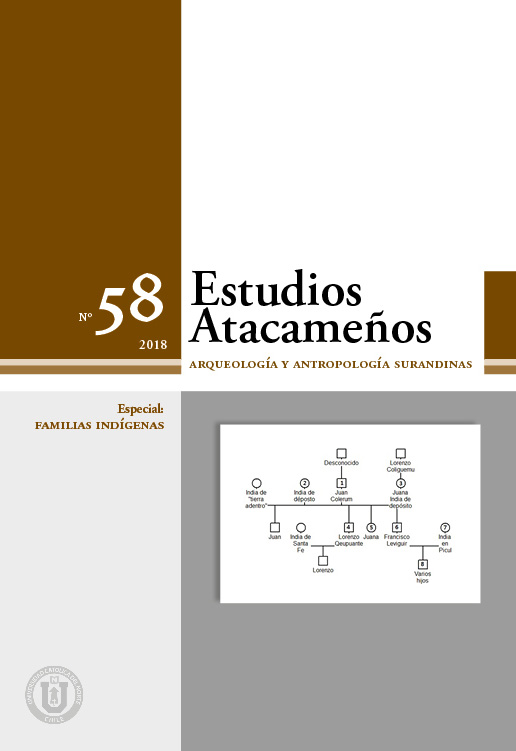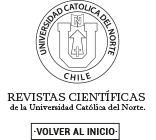Family compositions and marriage configurations on aboriginal genealogical networks from eastern Jujuy, XIXth. Century
Abstract
Gregory Bateson proposes as the goal of his reflections in Mind and Nature the notion of “the
pattern which connects” through questions such as what is the pattern which connects all
living creatures? We have chosen as the object of our analysis, however, a fractal dimension of
that, restricted to the links developed at the core of socio-cultural reproduction. Our interest
is to recognize and analyze social configurations that develop kinship links and his occupation
of a spatial and temporarily delimited region by a discrete set of indigenous peasant families.
That is, the criteria, regularities and trends shown by these sets in their most basic and primary
aspects: those that structures regulate and distribute the social reproduction through domestic
organization and marriage alliances. The materials chosen for this task are from peasants
indigenous reconstructed genealogy kin sets from nineteenth century. Our analytical strategy is
based on Kinship Network Analysis and Graph Theory.
Downloads
Downloads
Published
Issue
Section
License

All works published in Revista Estudios Atacameños (ISSN on line:0718-1043) Revista Estudios Atacameños Creative Commons International 4.0 attribution (CC BY 4.0) licence.
Authors remain the owners of their work and may republish their articles elsewhere without having to request permission, as long as they indicate that the work was originally published in Revista Estudios Atacameños (ISSN on liine:0718-1043).












